-
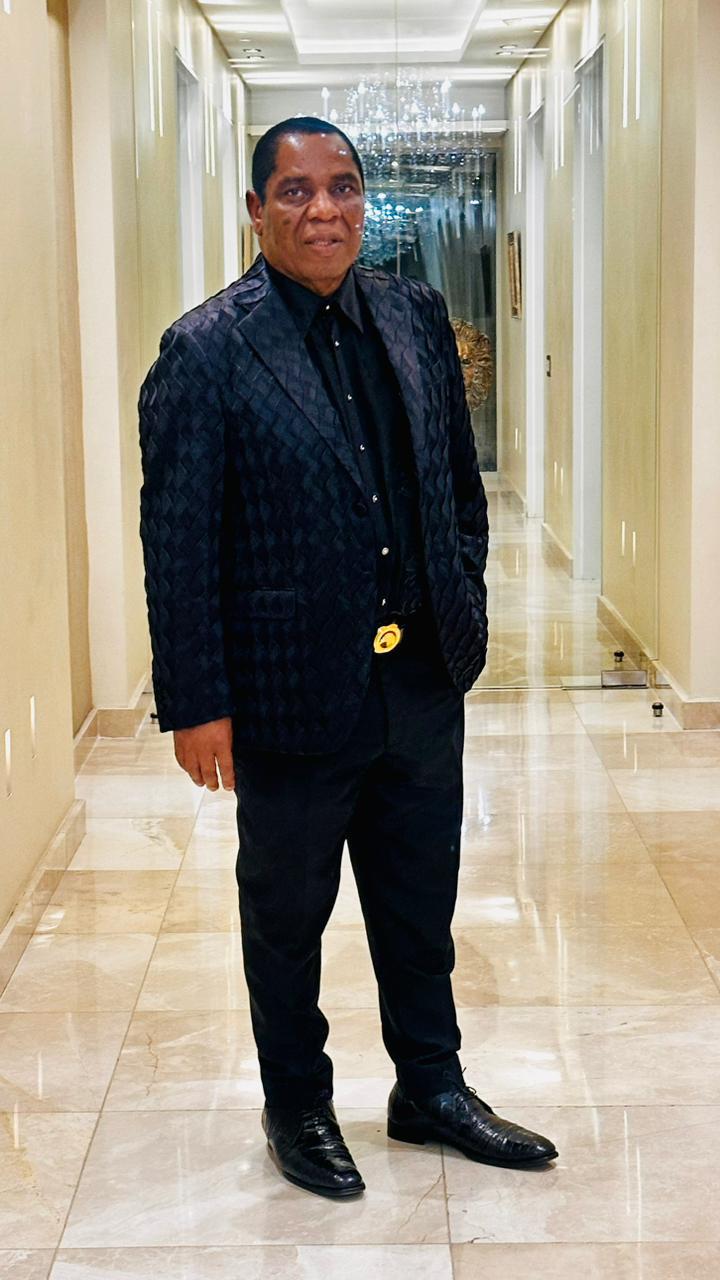 Transnet loses third court battle and ordered to pay R60m to Gijima
Transnet loses third court battle and ordered to pay R60m to Gijima
-
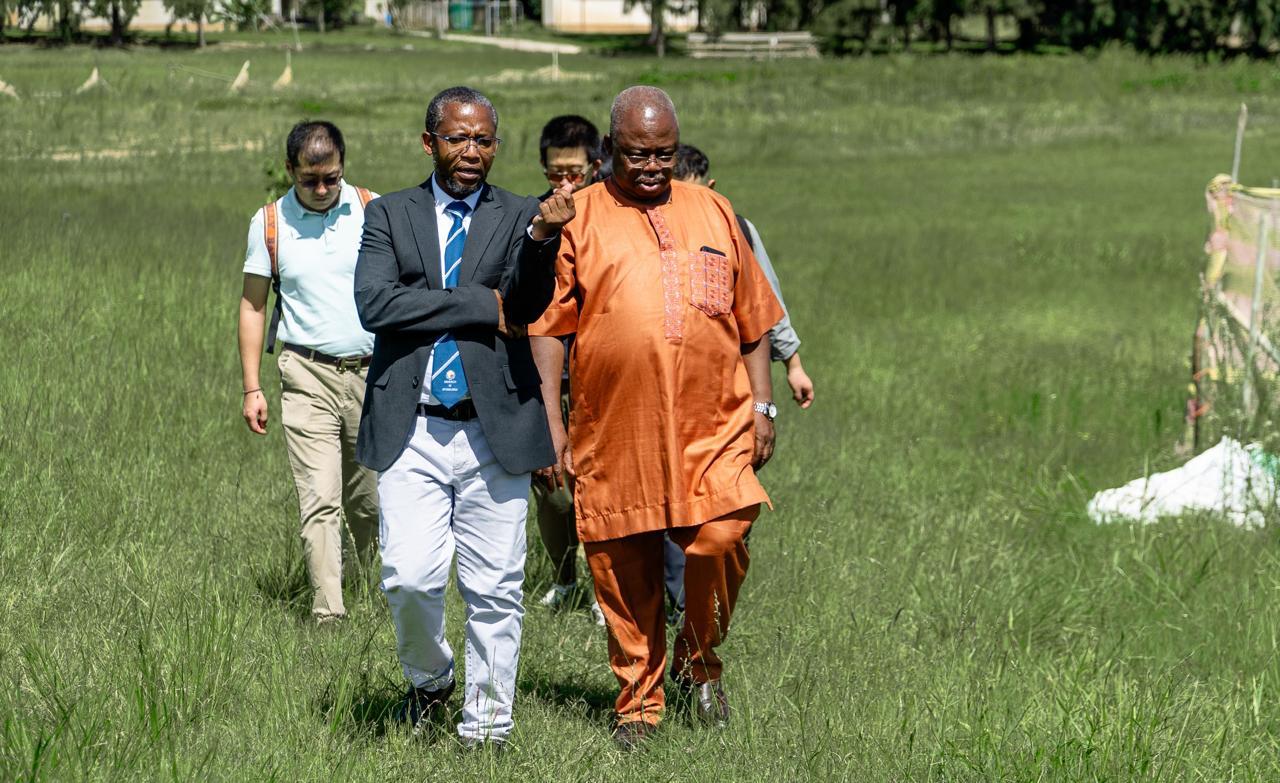 UMP’s ambition to position SA as a leading rice exporter
UMP’s ambition to position SA as a leading rice exporter
-
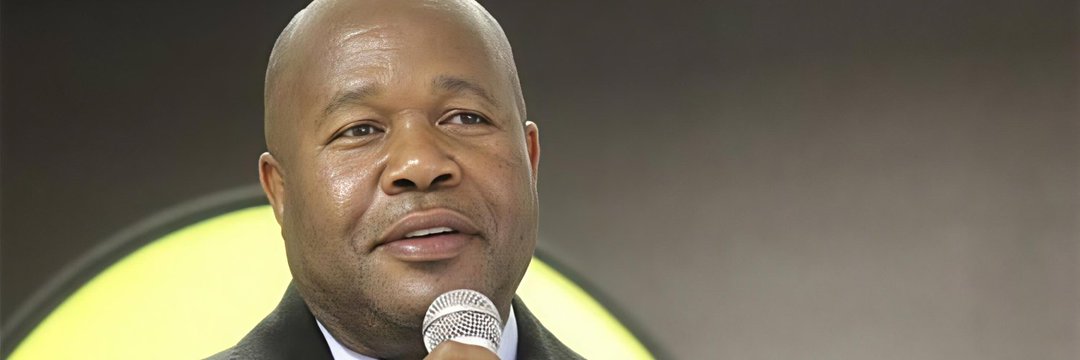 Polokwane mayor’s gobbledygook on R41.2 million refund to developer
Polokwane mayor’s gobbledygook on R41.2 million refund to developer
-
 Transnet’s loses yet another application to push Gijima Holding’s from IT contract
Transnet’s loses yet another application to push Gijima Holding’s from IT contract
-
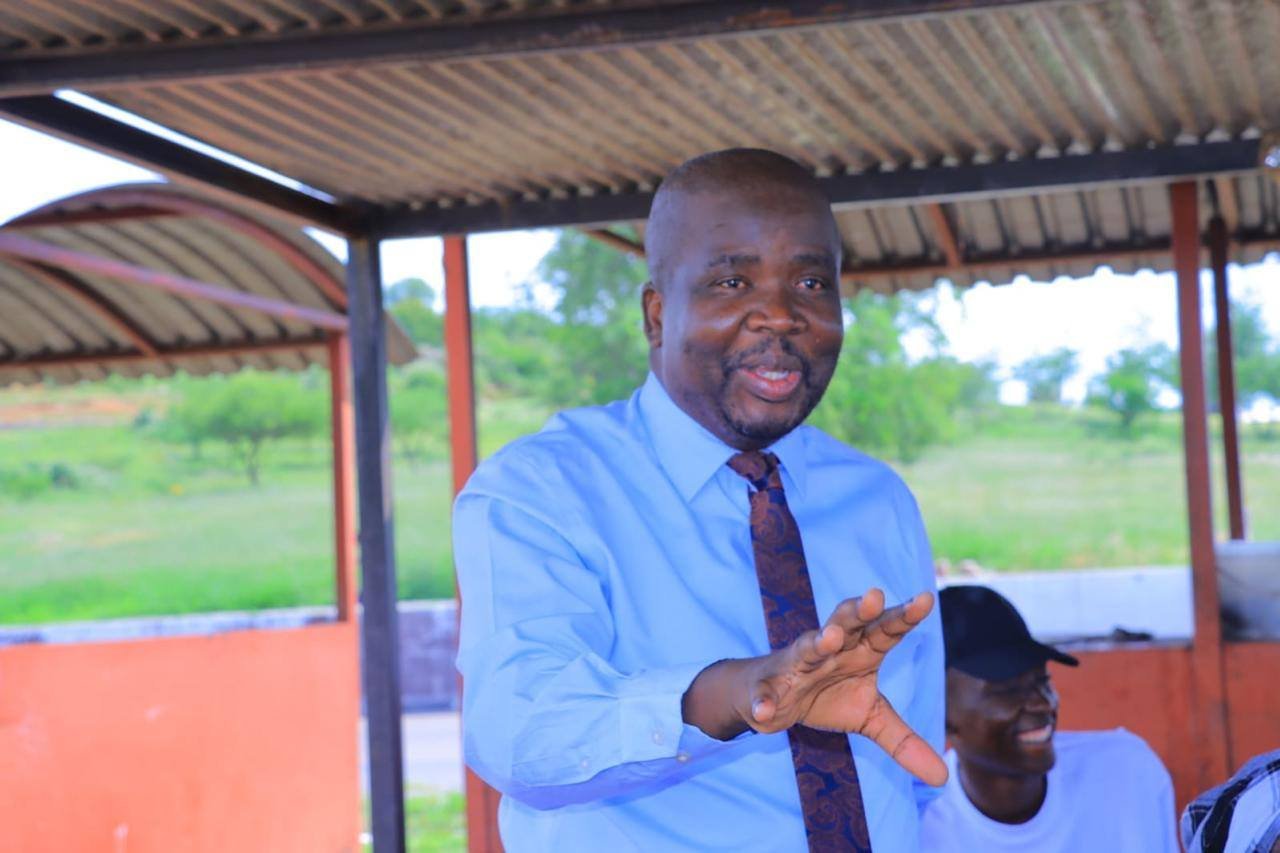 Fetakgomo Tubatse municipality dumps consultants and still keeps a good financial record
Fetakgomo Tubatse municipality dumps consultants and still keeps a good financial record
-
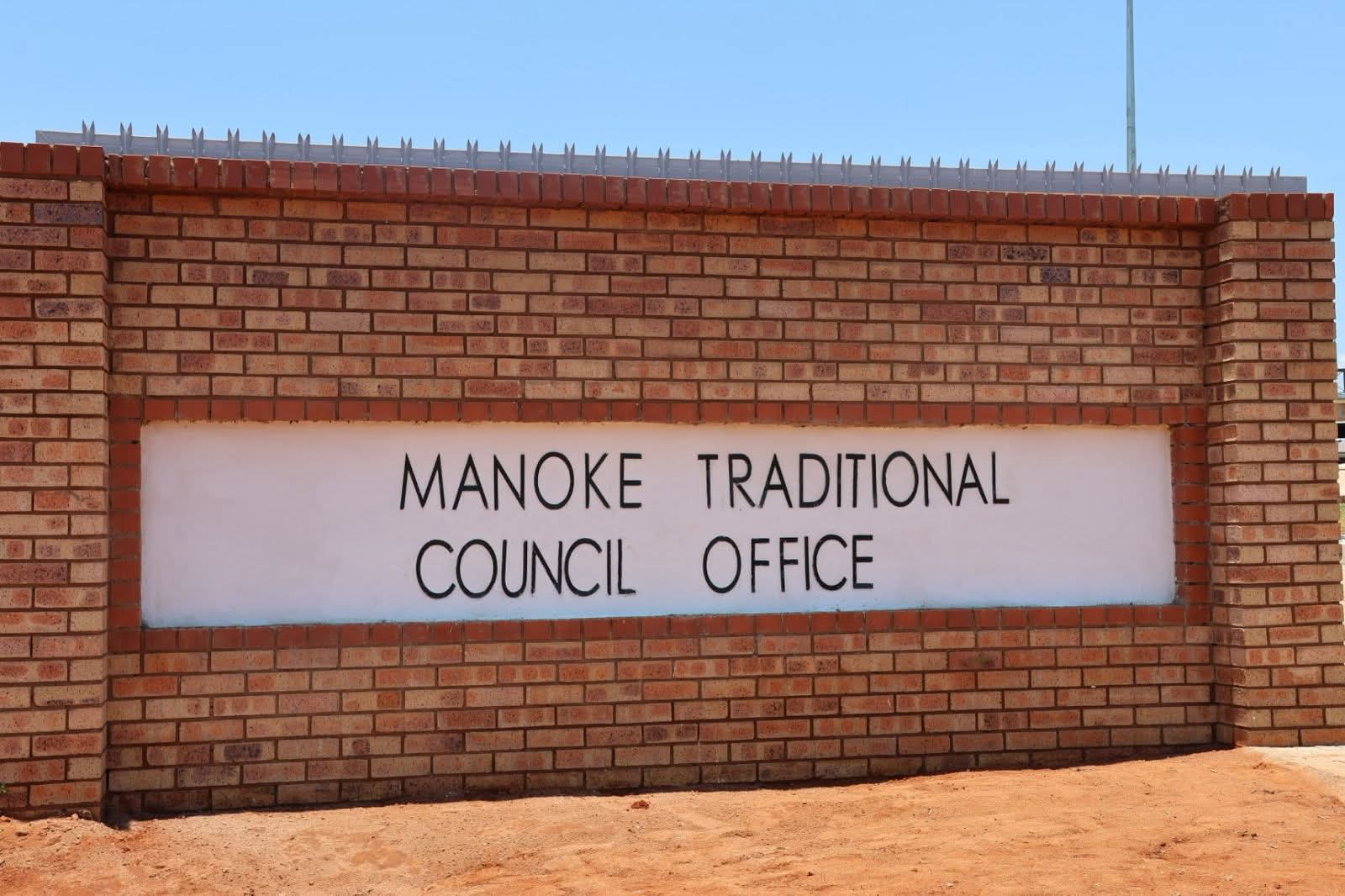 Limpopo government finishes sixth traditional office in 2025/26
Limpopo government finishes sixth traditional office in 2025/26
-
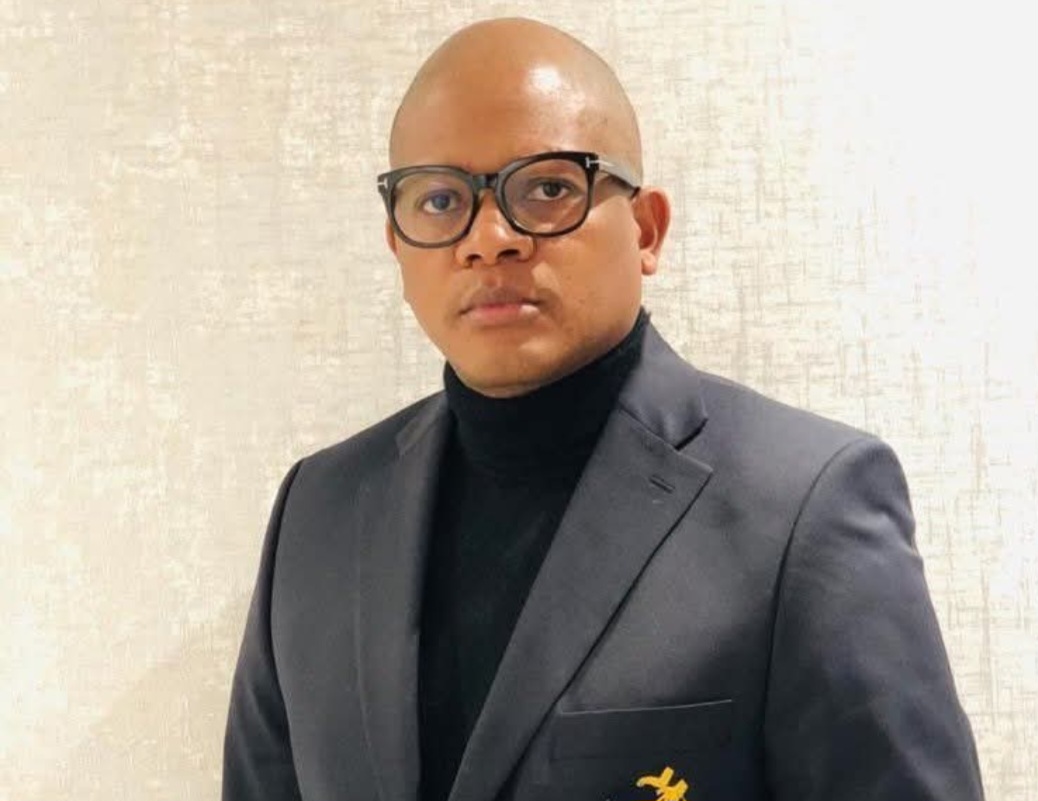 Masoga approaches High Court to clear his name on allegations of corruption at MMSEZ
Masoga approaches High Court to clear his name on allegations of corruption at MMSEZ
-
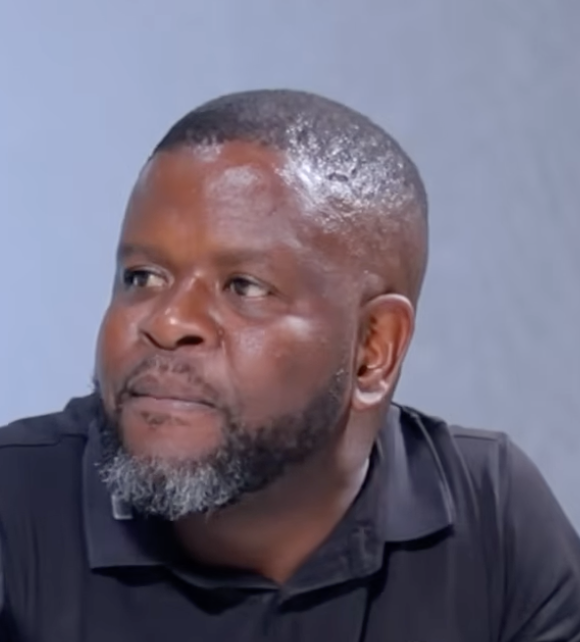 Municipal manager’s bid to attach CFO’s pension fails
Municipal manager’s bid to attach CFO’s pension fails
-
 Visit Limpopo Ka Dezemba – Premier Ramathuba
Visit Limpopo Ka Dezemba – Premier Ramathuba
-
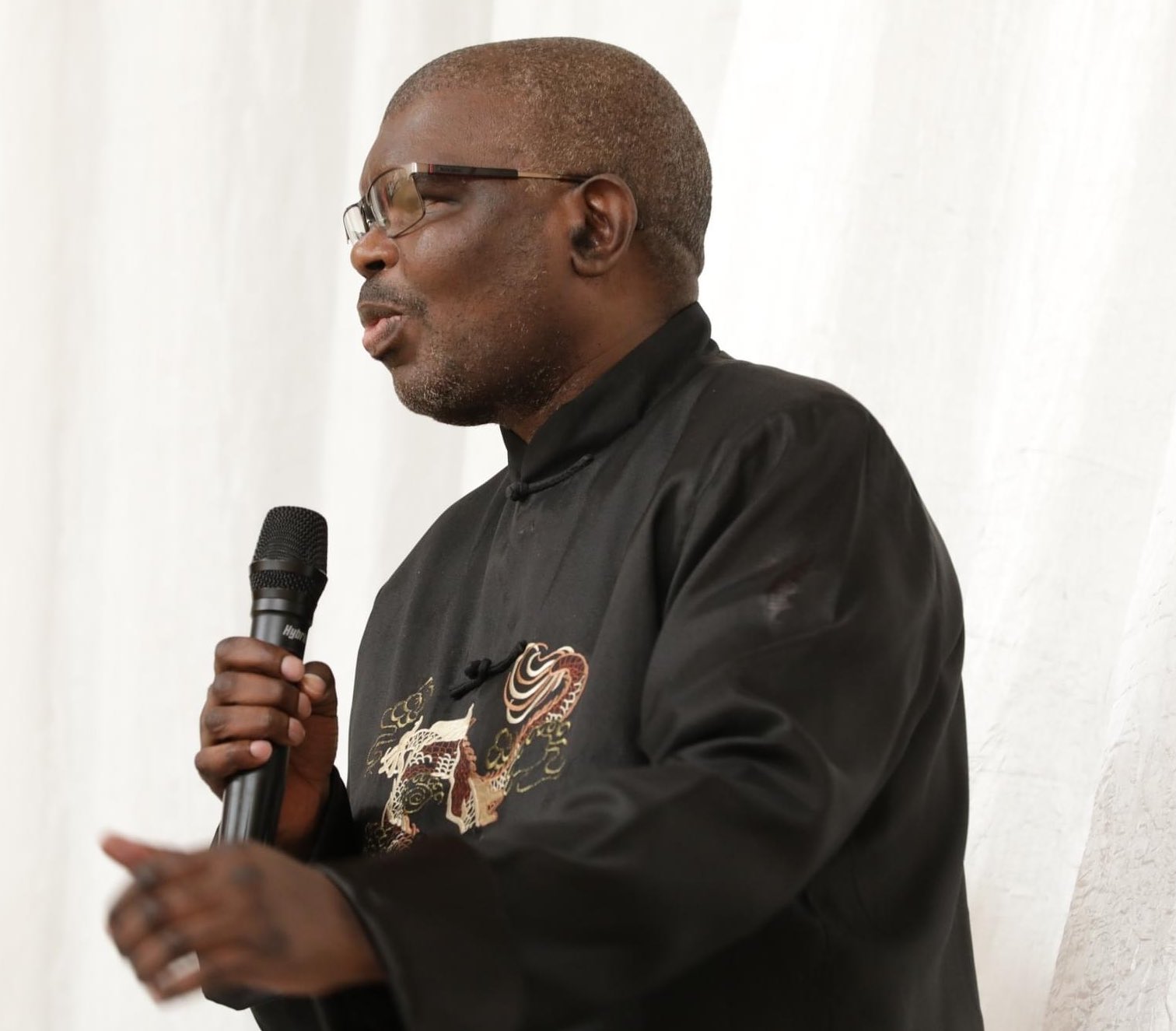 ‘Sacking of our Mpumalanga chairperson is a rumour’ – SACP
‘Sacking of our Mpumalanga chairperson is a rumour’ – SACP
The unknown engineer we snubbed has left us
Sizwe sama Yende
Early last December, Professor Mulalo Doyoyo (54), took me out of lunch at a Portuguese restaurant in Midrand.
I had left him with a piece of bad news about myself when I flew to cover the COP28 Climate Conference in Dubai, United Arab Emirates. “Make sure you see me when you come back from your assignment,” Doyoyo said.
On my return two weeks later, he calmly told me that the commercial side of his innovative liquid cement was finally taking off. This was giant step ahead, but his face radiated no excitement as we ate our sumptuous meal. Doyoyo said that he contemplated relocating to Steelpoort in Limpopo to be closer to the chrome and platinum mines, which could make use of his liquid cement.
Doyoyo was rather pensive, morbid and subdued throughout lunch. I hoped he would open up, but he did not.
“Don’t worry,” Doyoyo said as we parted ways, “I’ll make a plan for you, my brother.” I was among the throngs of journalists currently being laid off due to the decline in advertising revenue in the media. Little did I know that this was our last rendezvous, our last lunch.
Prof, as I called him, has left us before he could give South Africa a fraction of what he was capable of.
I met Doyoyo for the first time in 2018. First, we spoke over the phone. At the end of that conversation, I was awed at what an asset the country had, but was too blind to see.
Doyoyo said to me he was, therefore, “the unknown engineer.” He was not the one to blow his trumpet, so he followed the right channels to present his ideas to relevant government departments. It is unconscionable that no one could see the asset we had before our eyes.
If I were a president of this country, I would give Doyoyo and his ilk a conducive environment to develop their products and build new factories that would create much-needed jobs. Had the powers-that-be had eyes to see, we would be talking about the construction of Doyoyo’s fifth or tenth factory for his latest invention, the liquid cement.
One day he moaned about how Gauteng government and Industrial Development Corporation (IDC) officials frustrated his plans to produce 100 black, brick-making entrepreneurs, after he had invented the Ecocast brick machine , which used less water and energy.
A R27 million budget had been approved, he said, but without any valid reason, some officials told him that Chinese companies would be invited to compete with his proposal. “They told me that the Chinese are also black,” Doyoyo said. “I left them.”
Although self-effacing, reticent and laconic - Doyoyo should have been a well-known luminary in South Africa, and probably in the whole of Africa, because he stood among towering giants in innovation and his chosen field of engineering.
He could have been a medical doctor or a lawyer like his hero, Nelson Mandela, but he somehow chose engineering after matriculating with a solid distinction, a straight A symbol, as it was called back then.
The country of his birth snubbed him on his return from the US in 2013 where he had spent all his adult life studying and eventually teaching engineering in that country’s Ivy League tertiary institutions. This is the reason I, even though I am a journalist, only got to know him for the first time in 2018 when a cousin of his introduced us.
Doyoyo has died, still unknown. Beside being an engineering professor at one of the world’s most prestigious research universities, the Massachusetts Institute of Technology (MIT), he was also a world acclaimed innovator.
“My brother,” he said on the first telephonic call I had with him, “we have a responsibility to build Africa. Can you walk that path with me?” I could not refuse as he immediately struck me as a selfless individual who really wanted to fight poverty in South Africa and the continent. That first call launched what would be a series of very lengthy, eye-opening conversations I would have with Doyoyo on a regular basis. A two-hour call was nothing to him. Doyoyo debated competently in every subject, be it soccer, physics or literature.
His ideas were as lofty as his academic achievements. Deep down, he harboured ambitions of venturing into politics, to liberate “my people” from the shackles of poverty. Quoting Frantz Fanon, Doyoyo said he was worried that Africans were still the wretched of the earth.
Doyoyo was a researcher in applied mechanics, ultralight materials, green building, renewable energy, and other fields of engineering. He also lectured in different engineering disciplines including ocean engineering, civil and environmental engineering, and mechanical engineering in the US.
Among Doyoyo’s many innovations, he created a cement-less concrete called Cenocell, which is produced in the US and has been patented worldwide. He invented Cenocell while he was based at the Georgia Institute of Technology in the US as an engineering professor. Cenocell cement is made from fly ash – a by-product of coal combustion in coal-fired power plants, cement production, paper manufacturing and mining operations.
Locally, he has invented an ecofriendly paint called Amoriguard, which is made from mining and industry waste.
Doyoyo designed the liquid cement while trying to find a solution to the scourge of economy-sabotaging cable and copper theft in the rail, telecommunications and electricity industry. The liquid is mixed with flyash and can make anything that Portland cement can do. The main difference is that Doyoyo’s cement is eco-friendly and does not emit greenhouse gases.
The unknown engineer was probably going to get recognition in his country of birth, but it was not going to be. Doyoyo gave me the right to write a book about the story of his life, he titled it – The Unknown Engineer.

